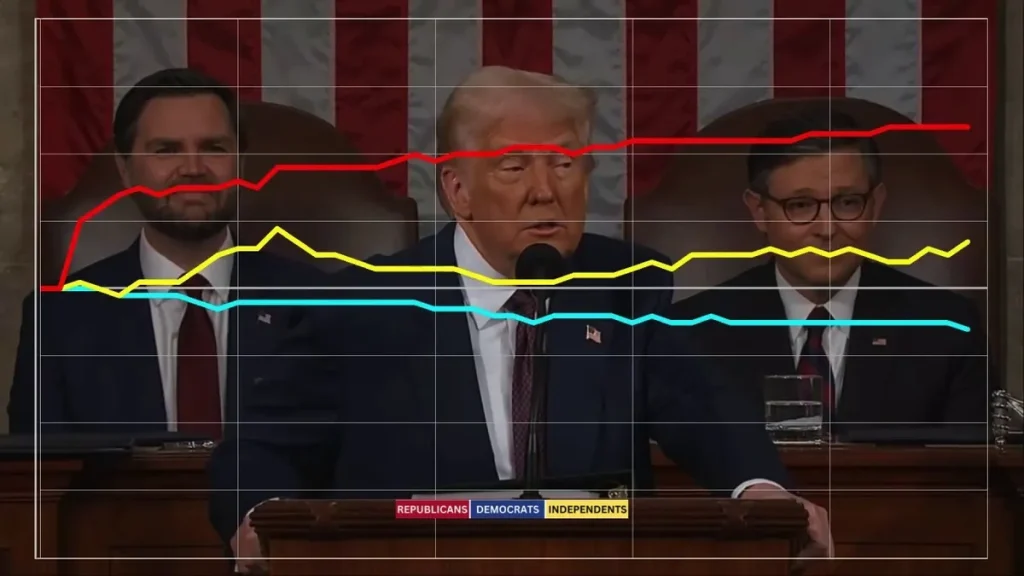Doge Software Licenses Audit HUD: Real‑Time Compliance at a Glance
In large organizations and government agencies, managing software licenses is a complex challenge. Unused or redundant licenses drain budgets and create compliance risk. The Doge Software Licenses Audit HUD is a dashboard system designed to monitor, detect, and alert on software license use in real time — giving administrators a clear “heads‑up display” (HUD) of compliance and waste.
This article examines what this audit HUD is, how it works, real use cases (notably at HUD), its benefits, pitfalls, and practical steps to adopt it. By the end, you’ll understand why real‑time license auditing is becoming essential for organizations of all sizes.
Contents
What Is the Doge Software Licenses Audit HUD?

- It is a dashboard interface that tracks software usage, license allocations, and compliance status continuously.
- The HUD presents real-time visualizations and alerts about expired, unused, or non‑compliant licenses.
- It integrates with IT systems, procurement databases, and license management tools to automatically collect data.
- The “Doge” label refers to a system or oversight entity (often used in government audits) that claims authority over efficiency reviews.
- “HUD” in this context is metaphorical—a Heads-Up Display—not the U.S. Department of Housing and Urban Development (though in one case the system audited HUD’s software use).
This tool helps organizations shift from periodic audits to continuous compliance monitoring.
Case Study: License Waste Found at HUD
One of the most prominent examples of this audit system in action involved the U.S. Department of Housing and Urban Development (HUD). The audit revealed vast numbers of software licenses being paid for but not actively used:
Key Findings at HUD
- 11,020 Adobe Acrobat licenses were found with zero assigned users.
- 35,855 ServiceNow licenses across multiple products were licensed, but only 84 users used them.
- 1,776 Cognos licenses existed, with only 325 users.
- 800 WestLaw Classic licenses, with 216 users reported.
- 10,000 Java licenses, with 400 in actual use.
These discrepancies exposed massive inefficiencies and triggered efforts to reclaim cost savings and reduce waste.
How the Audit HUD Works: Workflow & Components

Here’s how a typical Doge Software Licenses Audit HUD system functions in an organization:
- Discovery & Inventory
- Scan all software assets, applications, and services in the network
- Gather metadata: version, license type, number of seats, expiration, deployment
- Data Correlation & Usage Mapping
- Link license entitlements with actual usage logs (which user, which device)
- Identify unused, underused, or over‑licensed seats
- Real-Time Dashboard (HUD)
- Visual panels show compliance status, license health, cost exposure
- Alerts highlight areas needing attention (expired licenses, mismatches, red flags)
- Policy & Rule Enforcement Module
- Organizations define rules (e.g. no more than X unused licenses, auto flag expired)
- System can automatically disable or decommission unused licenses
- Reporting & Audit Trail
- Generate audit reports, historical logs, change history
- Provide documentation for internal review or external regulators
- Remediation Workflow
- IT administrators receive tasks to reassign, reclaim, or cancel licenses
- Verification and confirmation loop to ensure accuracy
This architecture turns software license management from a periodic manual effort into a proactive, continuous control cycle.
Table: Features & Metrics in Doge Audit HUD
| Feature / Metric | Description & Purpose |
|---|---|
| License Inventory Count | Total number of licenses purchased vs currently deployed |
| Active User Count | Number of users/devices actively using each license |
| Unused / Unassigned Licenses | Licenses paid but not assigned or used |
| Expiration & Renewal Alerts | Flags when license subscription dates are approaching expiry |
| Compliance Risk Score | Quantitative risk metric showing deviation from desired state |
| Cost Exposure Metric | Estimated budget loss from unused or redundant licenses |
| Policy Rule Violation Alerts | Alerts when license use contradicts defined compliance rules |
| Audit Trail & Change Log | History of changes, assignments, and license status |
This table can help administrators view and manage compliance in a snapshot.
Benefits of Using the Audit HUD

- Cost Savings & Waste Reduction
- Quickly spot and reclaim unused licenses
- Avoid overpaying for unused seats or redundant tools
- Improved Compliance & Audit Readiness
- Maintain an up-to-date license inventory
- Provide traceable records for regulators or internal audits
- Real-Time Visibility
- Instead of waiting for periodic audits, see license health live
- Faster reaction to license violations, expirations, or licensing errors
- Operational Efficiency
- Streamlined license management workflows
- Reduced manual labor in reconciling license use
- Risk Mitigation
- Avoid legal or vendor penalties for non-compliance
- Prevent security risks from unauthorized or outdated software use
- Informed Procurement
- Data-driven renewal decisions and contract negotiations
- Better planning of license needs based on real usage trends
Challenges & Risks
- Data Accuracy & Completeness
Incomplete usage logs, shadow IT, or mismatched records can lead to false positives or negatives. - Complex Licensing Models
Some software uses bundling, device-based vs user-based licensing, or enterprise agreements that complicate counting. - Resistance & Internal Silos
Departments may resist removal of licenses or control from centralized HUD. There can be political pushback. - Initial Implementation Cost & Overhead
Integrating systems, scanning, and setting up the HUD could require significant effort. - False Alarms & Alerts Fatigue
Overly sensitive alerts may trigger noise, reducing responsiveness. - Vendor Contract Constraints
Contracts might require minimum seat counts, block reductions mid-term, or cause penalties.
Criticism & Alternative Perspectives
- Some critics argue that license count vs employee count comparisons oversimplify. Agencies often require more licenses than employees due to multi-device connections, contractors, testing environments, or legacy systems.
- Others caution that abrupt removal of “unused” licenses might disrupt operations if usage ramps up again.
- Analysts have noted that audits run by the “Doge” entity sometimes produce public headlines that ignore valid procurement and technical rationales behind high license counts.
Still, the heightened visibility drives agencies toward better governance of license assets.
Read: The Future Of Atomic Swaps And Trustless Exchange Technology
Read: Get More From Your Production Line with Modern Case Packing Machinery
Read: What Top-Tier Online Casinos Really Offer and How to Choose the One for You
Read: Casino Chips Explained: Values, Colors, and Collectibles
Read: Foreigner Loans in Singapore
Read: 9 Tips to Improve Your Jewelry Repair Store
FAQs
Is “HUD” referring to a government agency or just dashboard?
In this context, HUD means Heads-Up Display—a dashboard view, not the U.S. Department of Housing and Urban Development (though HUD was audited in one case).
Who or what is “Doge” in this audit?
“Doge” refers to an oversight or efficiency body (often in government audits) that exposes inefficiencies and enforces compliance—not the cryptocurrency.
Can private companies use this HUD system too?
Yes — any organization that manages many software licenses (corporations, agencies, nonprofits) can benefit from a real-time audit HUD.
Does this replace conventional audits?
No — it complements them by providing continuous monitoring and early alerts; formal audits may still be necessary periodically.
Does the audit HUD automatically cancel licenses?
Not by default. It alerts and streams tasks to administrators, but human oversight is needed before cancellation or reassignment.
Conclusion
The Doge Software Licenses Audit HUD represents a powerful evolution in how organizations manage software assets. By shifting from annual or ad hoc license reviews to continuous, dashboard-driven compliance, organizations can save costs, reduce risk, and maintain trust in their IT governance.
The HUD’s success depends on accurate data integration, smart policies, and cooperation across departments. While the case at HUD exposed massive waste, the lessons apply broadly: unused software still drains budgets, and real-time oversight can turn that liability into an opportunity. For any modern IT organization, the audit HUD approach is fast becoming an essential tool for license management.

